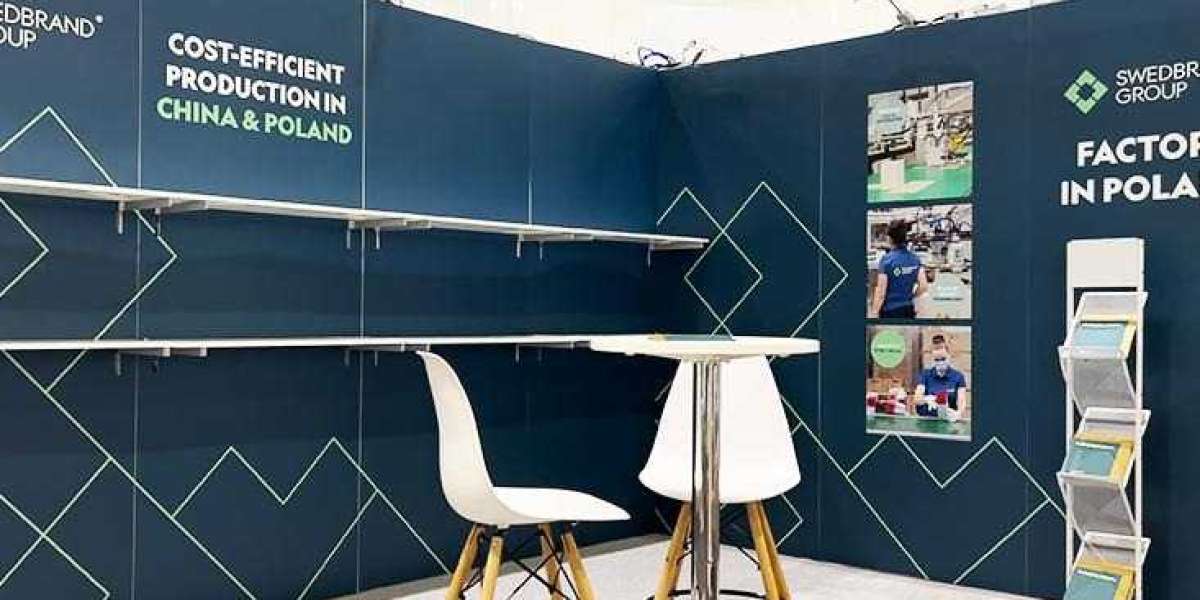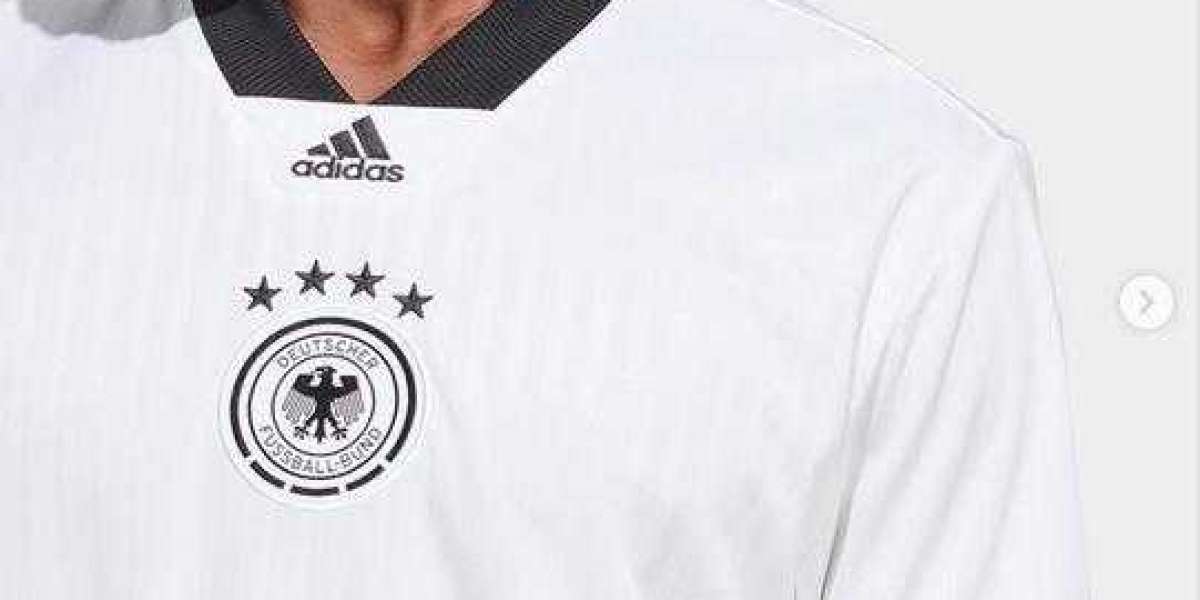In today’s competitive exhibition environment, creating a captivating and cohesive display is essential to draw attention and communicate your brand message effectively. Two crucial elements in achieving this are seamless and textured graphics. When thoughtfully combined, they transform ordinary exhibition setups into immersive visual experiences.
Whether you’re designing exhibition panels or enhancing shell scheme graphics, understanding how seamless and textured visuals work together can elevate your display’s impact. This blog explores the synergy between these two graphic styles, practical design tips, and how to maximise their effect in your exhibition presence.
What Are Seamless and Textured Graphics?
Seamless Graphics
Seamless graphics refer to images or designs that flow continuously without visible breaks or borders. This style ensures that when applied across multiple panels or sections, the design appears as one uninterrupted visual narrative.
For exhibition panels, seamless graphics are crucial in creating a polished, professional look. They allow for large-scale imagery or patterns that wrap around the display smoothly, avoiding visual disruptions that might distract visitors.
Textured Graphics
Textured graphics, on the other hand, involve the use of visual elements that simulate or incorporate tactile surfaces. This could be through photographic textures such as wood grain, fabric weaves, or abstract designs that give the impression of depth and materiality.
When applied to shell scheme graphics, texture adds an extra layer of interest and realism, engaging visitors not only visually but also emotionally by evoking a sense of touch—even if the surface itself remains smooth.
Why Combine Seamless and Textured Graphics?
Combining seamless and textured graphics in your exhibition design creates a balanced interplay between continuity and depth. Here’s why this combination is effective:
- Visual Flow: Seamless graphics guide the eye effortlessly across the display, making information easy to digest.
- Engagement: Textured elements add intrigue and prevent the design from appearing flat or monotonous.
- Brand Storytelling: Texture can reflect brand values (e.g., natural textures for eco-friendly brands), while seamless design ensures clarity.
- Spatial Impact: The right textures can manipulate perception of space, making small booths feel larger or more inviting.
Together, they build a cohesive display that is both inviting and informative.
Practical Tips for Combining Seamless and Textured Graphics on Exhibition Panels
1. Define Your Focal Points
Identify where you want visitors to focus first. Then, layer textured graphics strategically around these focal points to draw attention and add dimension.
For instance, a seamless image of a landscape could form the base of an exhibition panel, while textured overlays of leaf patterns or fabric prints highlight product features or brand ethos.
2. Maintain Colour Harmony
Clashing colours can disrupt cohesion. Use complementary tones or a limited palette to ensure both graphic styles work harmoniously.
3. Use Texture to Break Monotony
If your seamless graphics involve large blocks of colour or simple patterns, incorporate textures to introduce visual breaks. This tactic keeps visitors engaged as they explore your display.
For shell scheme graphics, adding subtle textures such as brushed metal or linen patterns can make panels more inviting without overwhelming the overall design.
4. Scale Textures Appropriately
Avoid overly large or small textures that could distort the visual balance. Textures should enhance rather than overpower the seamless backdrop. Test different scales during the design phase to find the right fit.
5. Mind the Material
Printing technology and materials affect how textures appear. Materials such as foamex or fabric used for exhibition panels can affect how light plays on textures, either highlighting or softening their appearance.
Applying Seamless and Textured Graphics to Shell Scheme Graphics
Shell scheme stands as one of the most popular exhibition setups due to its simplicity and modular nature. However, its standard frames and panels can feel generic without thoughtful graphic design.
Here’s how seamless and textured graphics can transform shell scheme stands:
- Seamless Graphics: Design a continuous image that stretches across several panels, cleverly concealing the panel joints.This approach makes the stand look custom-built rather than a generic shell.
- Textured Graphics: Add tactile appeal and depth, making the booth feel more premium. For example, textures mimicking natural materials can contrast well against the flat white or grey of typical shell frames.
Combining these techniques helps the stand capture attention and convey professionalism.
The Psychology Behind Seamless and Textured Design in Exhibitions
Humans are naturally drawn to patterns and textures that mimic the real world. Seamless visuals provide clarity and reduce cognitive load, allowing visitors to process information quickly. Textured elements, meanwhile, create emotional connections by appealing to our sense of touch and familiarity.
For example, smooth seamless graphics may evoke feelings of calm and simplicity, while textured surfaces add warmth or excitement. When used together, they can balance logic with emotion—critical in influencing buying decisions during exhibitions.
How to Plan Your Exhibition Graphics Strategy
- Start with Brand Identity: Determine the message and mood you want your display to communicate. Are you aiming for sleek modernity or natural authenticity?
- Sketch the Layout: Decide which areas will feature seamless backgrounds and where textured elements will provide accents.
- Collaborate with Print Experts: Ensure your chosen materials and printing methods can faithfully reproduce your designs. Ask for proofs or samples before final printing.
- Test in Real Environments: If possible, preview how your graphics appear under exhibition lighting and in situ to adjust colours or texture visibility.
- Keep Practicalities in Mind: Consider transport, assembly, and durability, particularly for textured graphics that may be sensitive to wear.
Advantages of Professional Exhibition Panel Printing
Using expert printing services for exhibition panels guarantees:
- Accurate colour matching across seamless and textured graphics.
- High-resolution prints that retain texture detail.
- Durable materials suited for the rigours of exhibition environments.
- Custom cutting to accommodate intricate designs and shapes.
These benefits ensure your display remains visually striking throughout the event.
Final Thoughts
A successful exhibition display is more than just an arrangement of panels; it’s a carefully crafted environment that communicates your brand story. By combining seamless and textured graphics thoughtfully, you can create a cohesive, immersive experience that captivates visitors and enhances your message.
Whether you’re working with exhibition panels or refining shell scheme graphics, remember that shape, texture, and flow must work in harmony. Strategic use of these elements not only elevates aesthetics but also influences how your audience perceives your brand.
For businesses ready to take their exhibition presence to the next level, collaborating with professionals in graphic design and printing—such as Board Printing Company—can make all the difference. Their expertise in delivering flawless seamless and textured graphic prints ensures your display stands out for all the right reasons.



